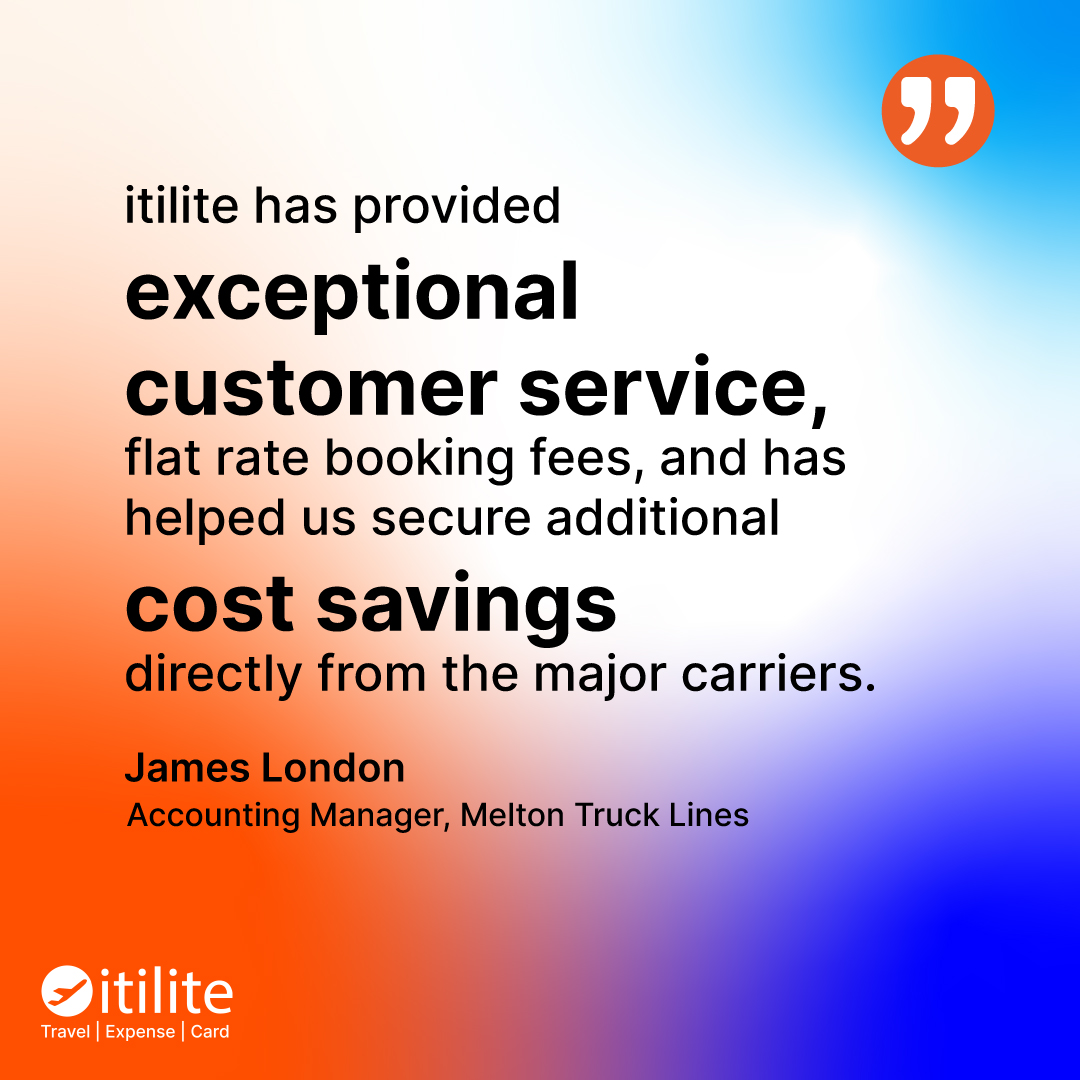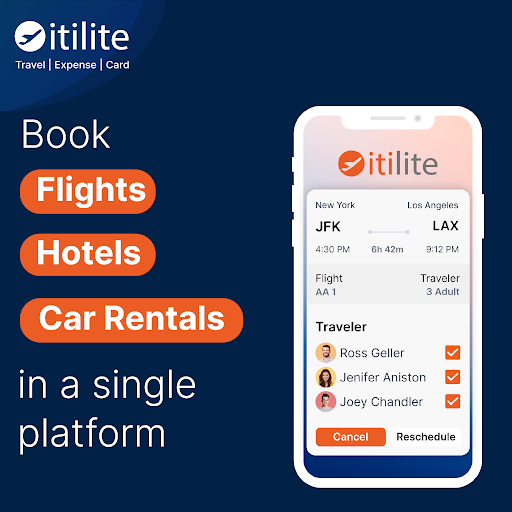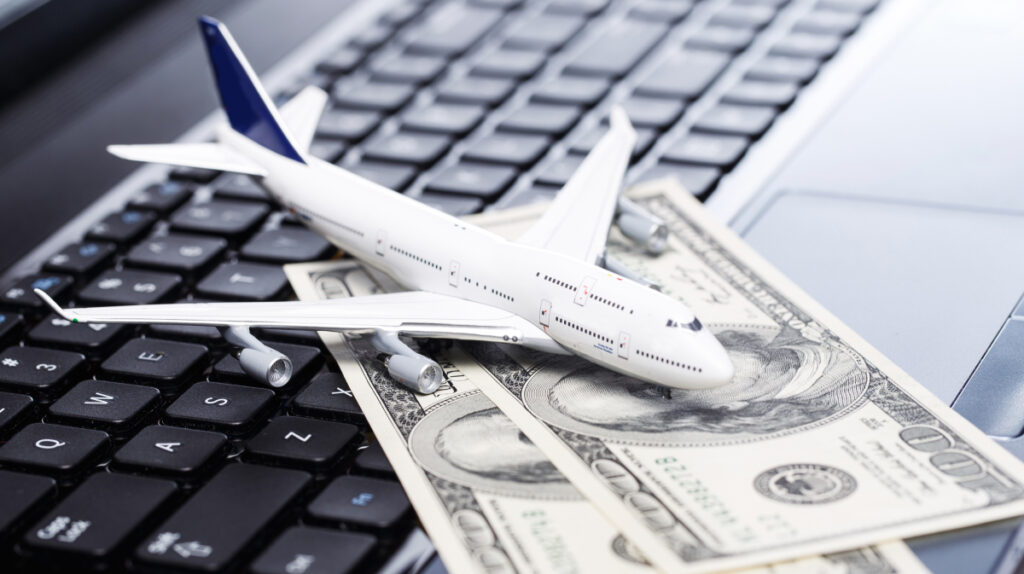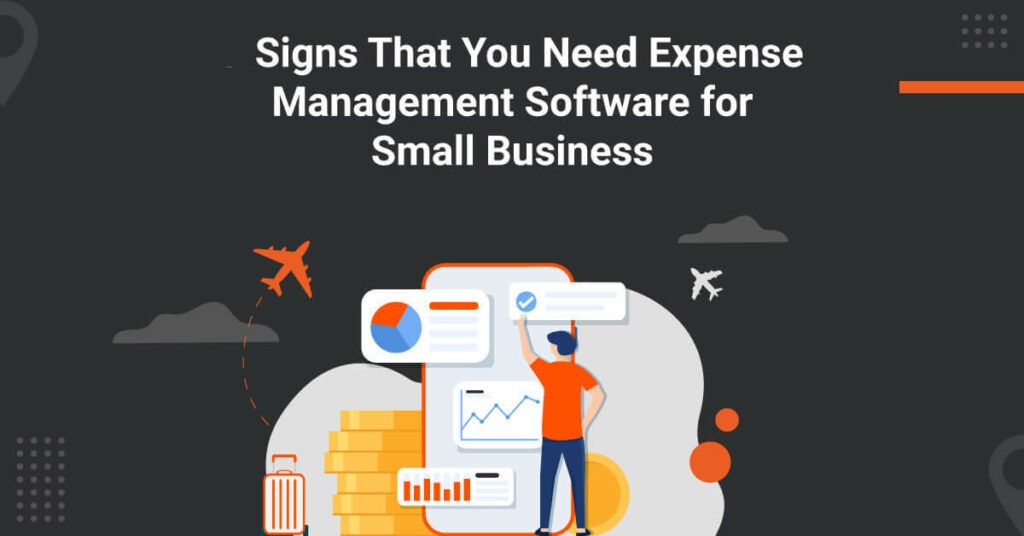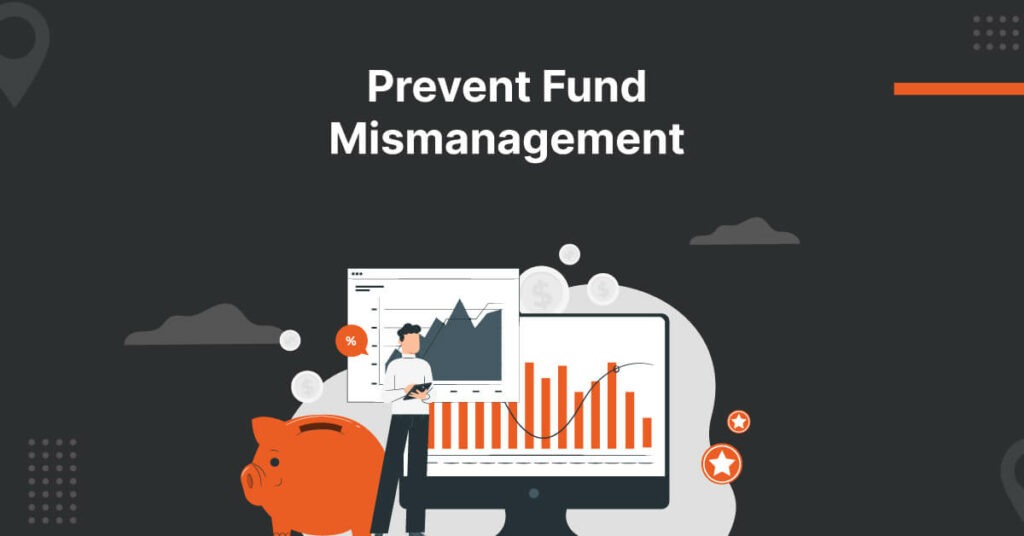As a business owner, you know how important it is to keep your operations running smoothly and efficiently. But what happens when your employees need to spend money on work-related activities—whether for travel, supplies, or client meetings? What is expense reimbursement? How do you ensure they’re reimbursed fairly without creating chaos in your accounting process?
Expense reimbursement can quickly become a headache if not properly managed. But don’t worry—there are solutions to simplify and optimise this process. In this guide, we’ll explain expense reimbursement.
This includes what counts as a reimbursable expense and how you can use corporate cards to make the process smoother for you and your employees.
What Is Expense Reimbursement?
Employee reimbursement is how companies repay employees for expenses incurred while performing work-related activities. These costs include travel expenses, office supplies, and client entertainment costs. The idea is simple: you spend your own money to carry out your job, and then your employer refunds you the money.
For example, if you travel for a work conference and have to pay for a hotel room or meals, the company will pay you back once you provide receipts and follow the proper reporting procedures. This ensures you aren’t financially burdened while performing tasks that benefit the company.
5 Examples of Reimbursed Expenses
Understanding what is expense reimbursement involves recognising how businesses repay employees for the costs they incur while conducting work-related activities. Reimbursement is not limited to just travel.
Employees’ daily work activities’ costs are eligible for reimbursement. Here are some common examples:
- Travel Expenses: This includes transportation (airfare, taxi fares, rental cars) and accommodations (hotel rooms, Airbnb) when you travel for work. If your company has a policy that covers meals, you can also be reimbursed for meals during the trip.
- Client Meetings: If you take a client to lunch or dinner to discuss business, you may be reimbursed for those expenses. The company expects a receipt and may limit the amount refunded for meals.
- Office Supplies: If you purchase office supplies (e.g., pens, paper, and printer ink), you can be reimbursed as long as they are for business purposes.
- Training and Education: Companies may reimburse you for costs associated with work-related training, such as attending a conference, seminar, or course that enhances your skills.
- Home Office Supplies: As remote work becomes more common, many companies reimburse home office supplies such as desks, chairs, and computers.
What Counts as a Work-Related Expense?
When discussing what is expense reimbursement, it’s helpful to think of it as the way employers ensure employees aren’t financially burdened by job-related costs. Not everything you spend money on will qualify for employee reimbursement.
Each company typically has a clear policy outlining what counts as an eligible business expense. Generally, these expenses must be necessary for you to do your job and should directly benefit the business.
Common examples of reimbursable expenses include:
- Travel (flights, hotels, car rentals, taxis)
- Meals during business travel or client meetings
- Office supplies (stationery, printer paper, and more)
- Subscriptions or services used for work (software, websites)
- Internet or phone bills, if required for work
- Professional development costs like books or training programs
Personal meals, non-work-related entertainment, or any other personal spending are typically not reimbursed.
3 Types of Expense Reimbursements
When you ask, What is expense reimbursement? You’re inquiring about how companies refund employees for expenses made during business operations. Travel expense reimbursements can come in a few different forms depending on the company’s policy and the nature of the expense. Here are the most common types:
- Per Diem: Some companies use a per diem system, where employees are given a set amount of money per day to cover meals, accommodations, and other travel expenses. The employee doesn’t have to provide receipts for these expenses, but the company may limit the amount.
- Actual Expense: Under the actual expense method, employees are reimbursed based on the amount they spent on work-related items. For example, if you stay at a hotel during a business trip, the company will reimburse the exact cost you paid as long as you have the receipt.
- Flat Rate: A flat-rate reimbursement offers a set amount for certain expenses, such as mileage for using your car for work purposes.
How Should Employees Report Their Expenses?
For employee reimbursement to work smoothly, employees need to report their expenses accurately. Here’s a simple guide on how to do it:
- Save Receipts: Always keep receipts safely for any expenses you want to be reimbursed for. This is the most important part of reporting your expenses. Receipts are the evidence your company needs to verify that the expense was business-related.
- Fill Out an Expense Report: Most companies require employees to submit an expense report. This report details what was spent, why it was spent, and the amount spent. Depending on your company’s policy, it may be done on paper, via email, or through an online system.
- Submit on Time: Be aware of deadlines for submitting your expense reports. Some companies have strict timeframes (e.g., within 30 days of the expense) to ensure that employees are reimbursed promptly.
- Follow Company Guidelines: Following your company’s specific reimbursement policies is important. For example, some companies only reimburse meals up to a certain amount, or they may restrict the types of hotels reimbursed.
What are the Challenges with Expense Reimbursement?
To answer what is expense reimbursement it’s the process businesses use to compensate employees for work-related out-of-pocket expenses. While expense reimbursement is essential to business operations, it’s not always a smooth process. Here are some common challenges employees and employers face:
- Tracking Receipts: It can be hard to keep track of all receipts, especially when traveling. Misplaced receipts can delay the expense reimbursement process.
- Slow Approval Process: In some cases, employees experience reimbursement delays due to slow approval processes or miscommunication between departments.
- Complex Policies: Expense reimbursement policies can sometimes be complicated and unclear, leading to confusion about what qualifies for reimbursement and what doesn’t.
- Out-of-Pocket Costs: Employees may have to pay for expenses upfront and then wait for reimbursement, which can create financial strain for those waiting for the refund.
How to Streamline the Expense Reimbursement Process?
Luckily, there are ways to make the travel expense reimbursement process smoother for employees and employers. Here’s how to simplify things:
- Use Expense Management Software : Automated tools like itilite can make expense submission, approval, and reimbursement faster and more accurate. These tools also help you keep track of employee spending in real time.
- Issue Corporate Cards : By providing employees with corporate credit cards, you can easily control and track expenses. Corporate cards also reduce the need for reimbursement claims, as expenses are directly paid through the company account.
- Set Clear Policies : A clear, written expense policy that employees can easily refer to will prevent confusion and ensure compliance. This policy should include guidelines on what can be reimbursed, spending limits, and how expenses should be reported.
- Set Up Approval Workflows : Automate approval workflows to ensure faster processing. With the right software, managers can quickly approve or reject claims, reducing bottlenecks.
- Regular Review : Periodically review your travel expense reimbursement process and policies to ensure they’re still effective. Adjust as needed based on employee feedback or changes in business needs.
Simplify Reimbursement with itilite
The question of what is expense reimbursement is essential for businesses to understand, as it defines how employees are refunded for necessary costs incurred during work.
Expense reimbursement is a key part of running a business, but it doesn’t have to be hard. First, you need to know what counts as a reimbursable expense. Then, using the right tools and setting clear rules can make the whole process much easier.
Automating things like expense management software or corporate cards can help reduce mistakes and slowdowns. This makes the reimbursement process faster and more accurate.
When the process is simple, employees get paid back quickly and correctly. This keeps everyone happy and your business running smoothly.
Book a free demo with us to know more!



